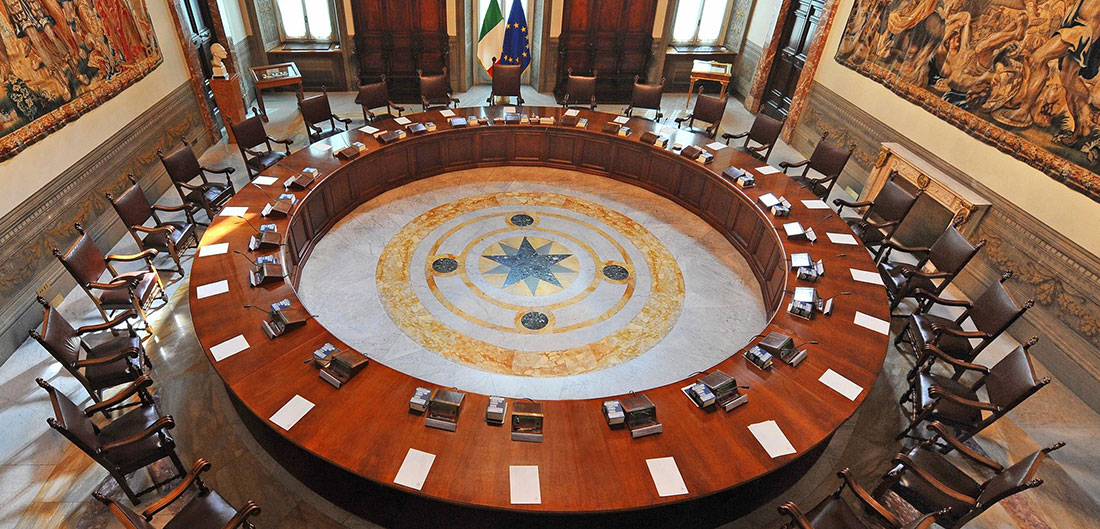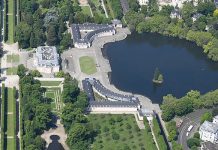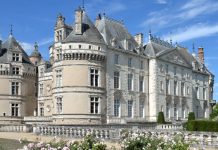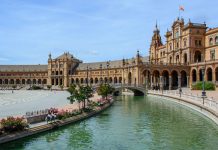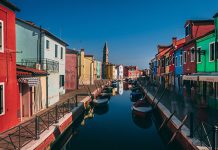The Trevi Fountain, the Roman Forum and countless other attractions in Rome make millions of tourists come here every year, but not all of them include them to the standard itinerary. As a rule, the magnificent palaces of Rome, still owned by the noble families that once ruled the city, are bypassed by many. However, anyone who wants to fully experience the incomparable richness of the Eternal City should definitely visit at least a few luxurious residences.
Palaces of Rome: Palazzo Barberini
When Matteo Barberini became Pope Urban VIII in 1623, he decided to build a palace for his family on the outskirts of Rome. The architect Carlo Moderno conceived it as a large country villa. Bernini then added a square staircase on the left side, while Borromini added a spiral staircase on the right side. The Barberini family sold this palace to the Italian state in 1949, and now it houses part of the National Gallery of Ancient Art. Today, the Palazzo Barberini houses more than 1,700 paintings.


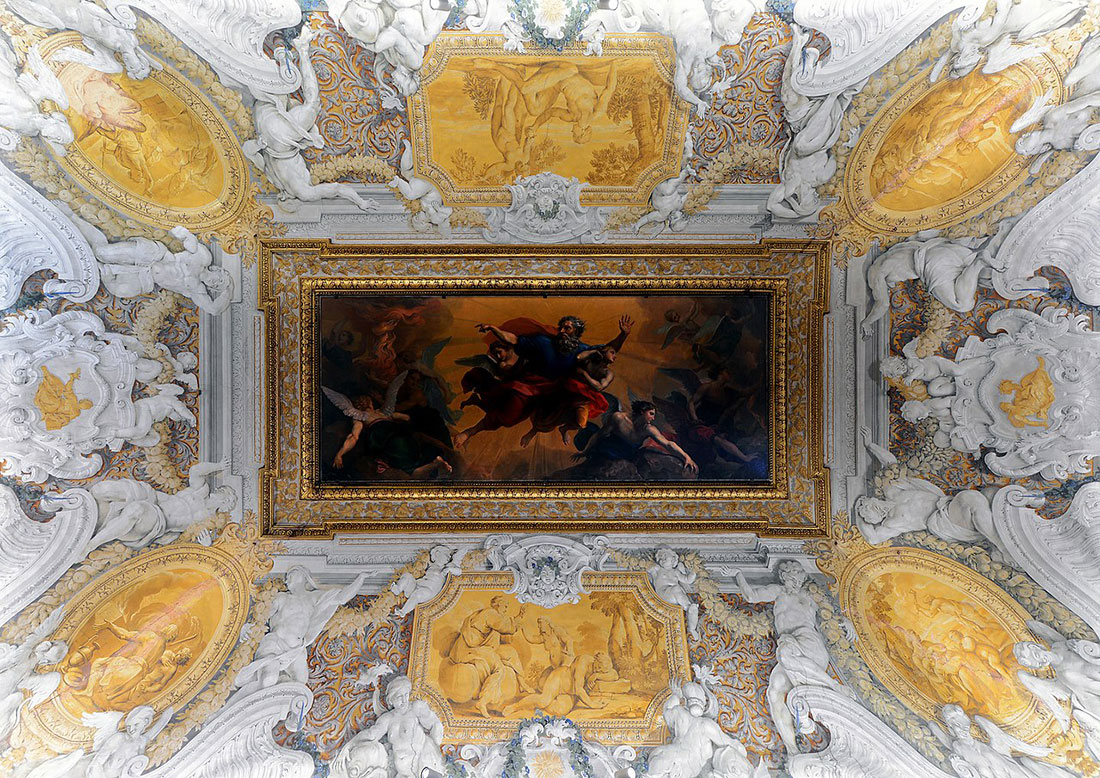
Palazzo Colonna
Beautifully illustrating the splendor of the Roman Baroque style, Palazzo Colonna is one of the most impressive private residences in Europe. It is so huge that occupies an entire city block. This is the home of Prince Prospero Colonna. He and his children will represent the 33rd and 34th generations of a family that has been one of the most powerful families in Rome for nearly a thousand years. Two parts of the palazzo, the Colonna Gallery and the apartments of Princess Isabel, are open to visitors one day a week. In the gallery, one of the architects of which was Bernini, there is a Great Hall with so luxurious frescoes, shiny marble and gilded stucco work that the eyes run up here in the truest sense of the word.
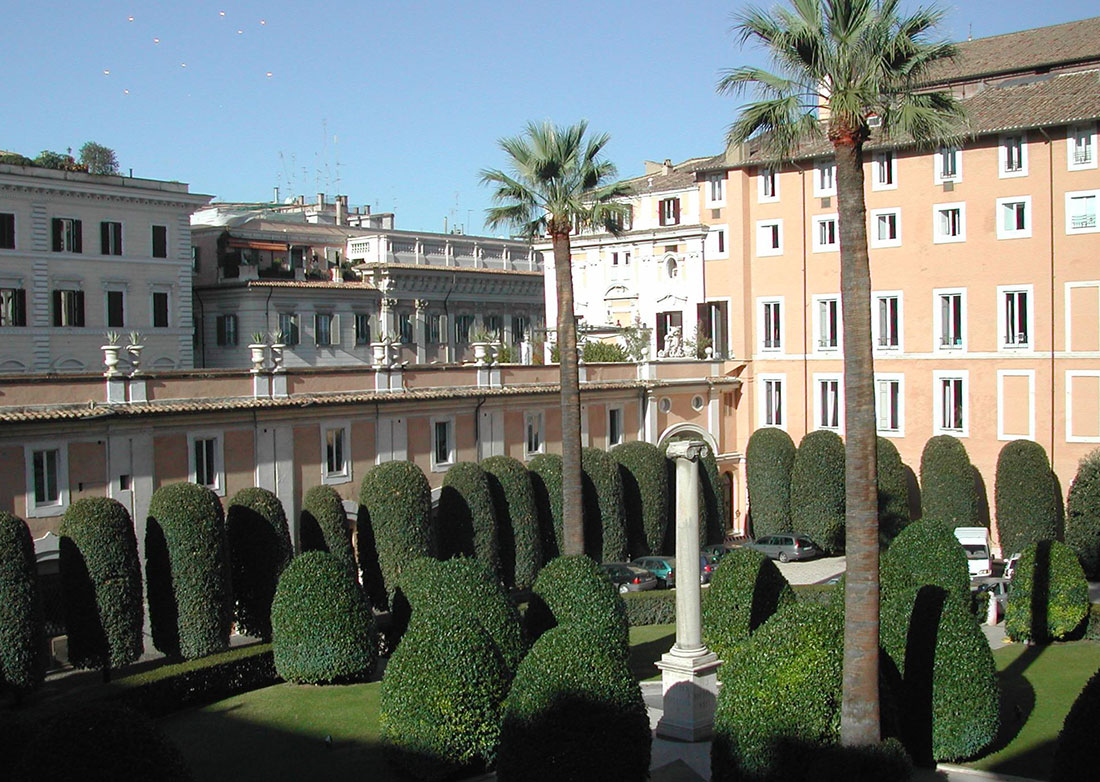
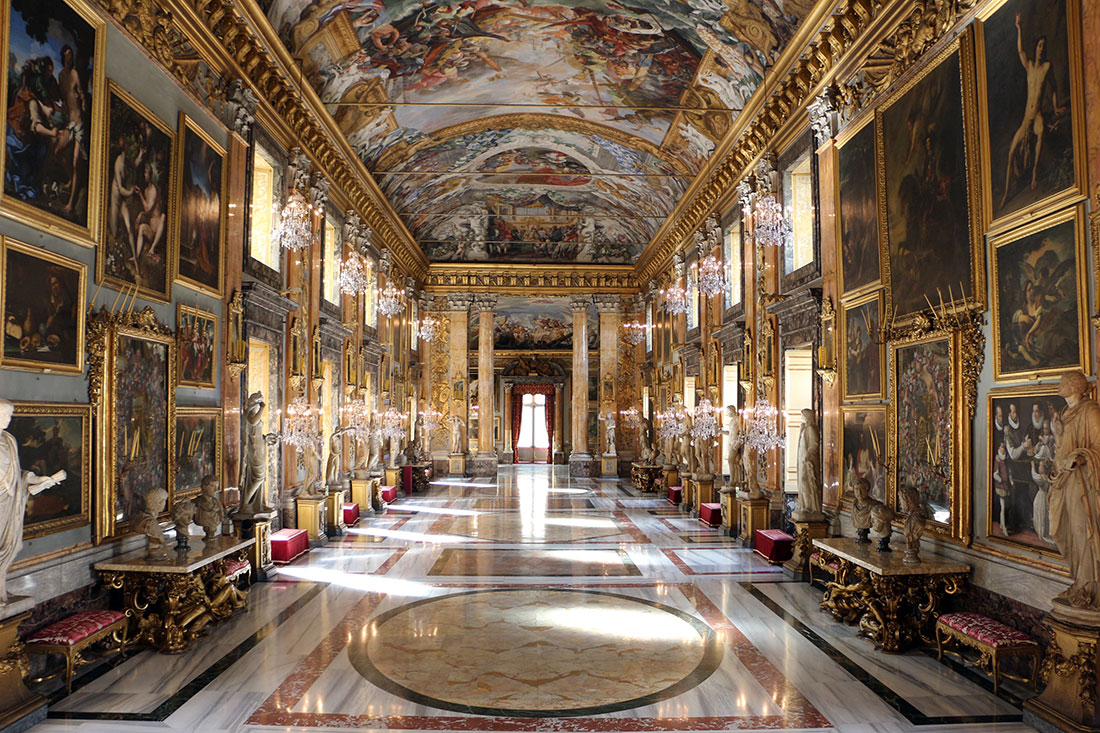

Palaces of Rome: Palazzo Doria Pamphilj
Like famous Colonna, Doria Pamphilj family belongs to a small group of Roman nobility that owns spacious palaces and art collections. The history of Doria Pamphilj, whose family tree includes the most powerful and aristocratic families of Rome, is closely connected with the city. One notable episode occurred during World War II, when Filippo Andrea Doria Pamphilj, fighting on the side of the Resistance, took part in a conspiracy to rid the palazzo of the Nazis at any cost, even if that meant blowing up the historic residence. Today, Prince Jonathan Doria Pamphilj lives in the private part of the palace, which, due to its size (it has more rooms than Buckingham Palace!) and the vastness of its estates, leaves a lasting impression.
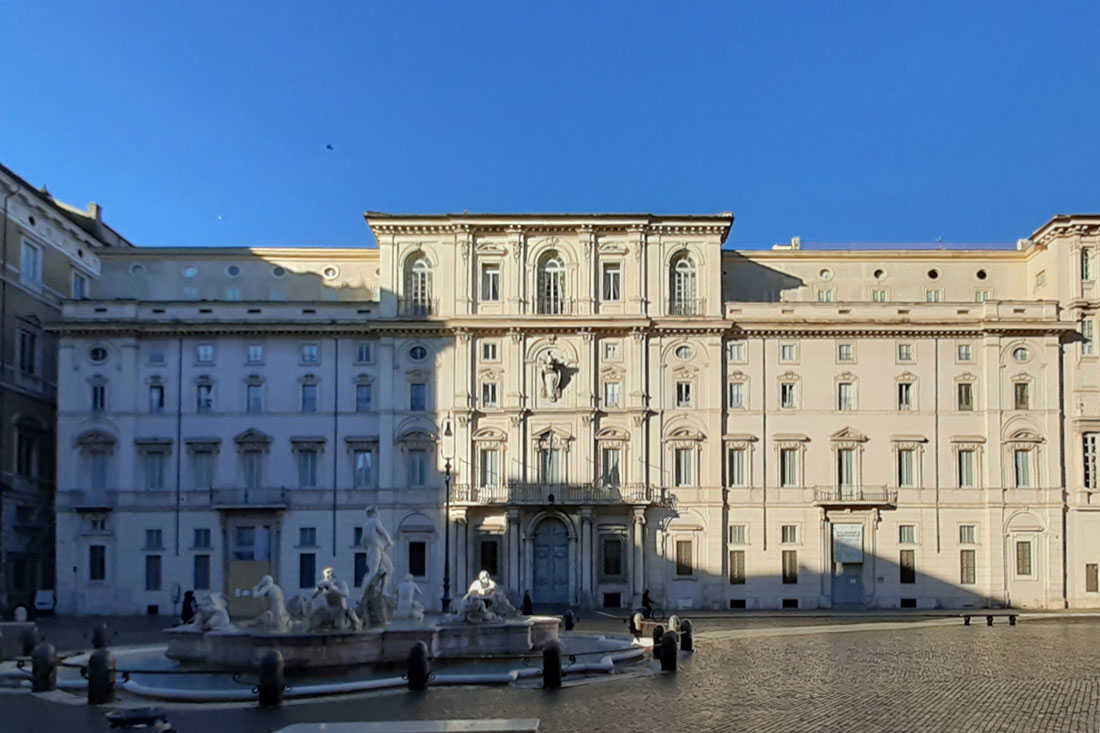

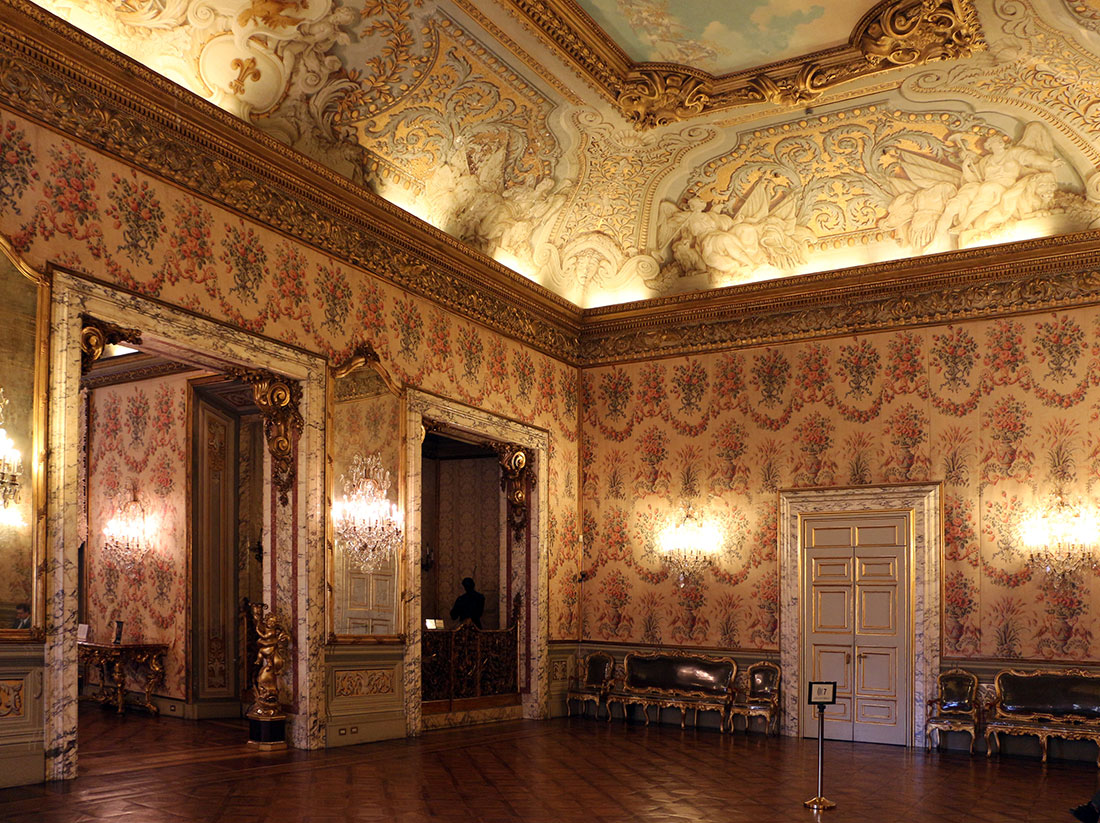
Palazzo Venice
Despite the fact that the Palazzo Venezia, completed in 1491, currently houses two museums, it is more familiar to most thanks to the balcony from which Mussolini spoke. It was the dictator’s official residence until his fall at the end of World War II. Between 1594 and 1797, the palace, with its massive façade and tower, belonged to the Republic of Venice, hence its name. Currently, a museum and the National Institute of Archeology and Art History operate here. Besides, art exhibitions are held in the luxurious residence.
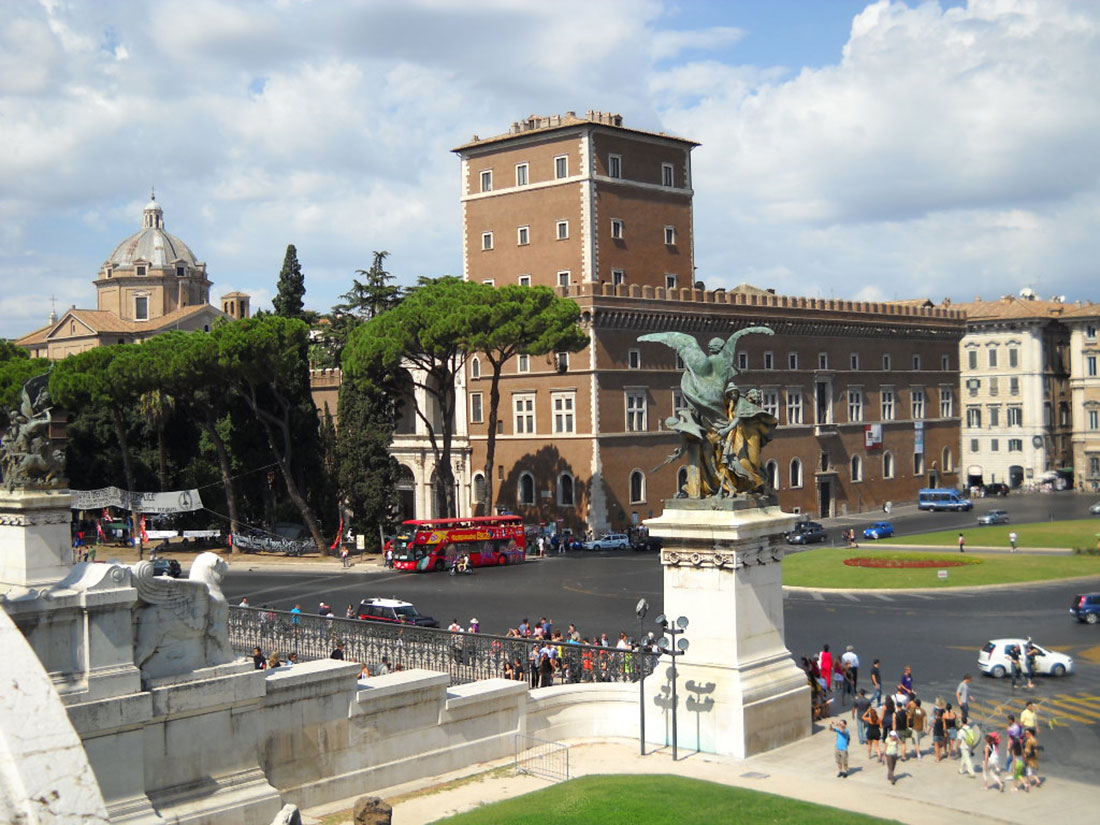
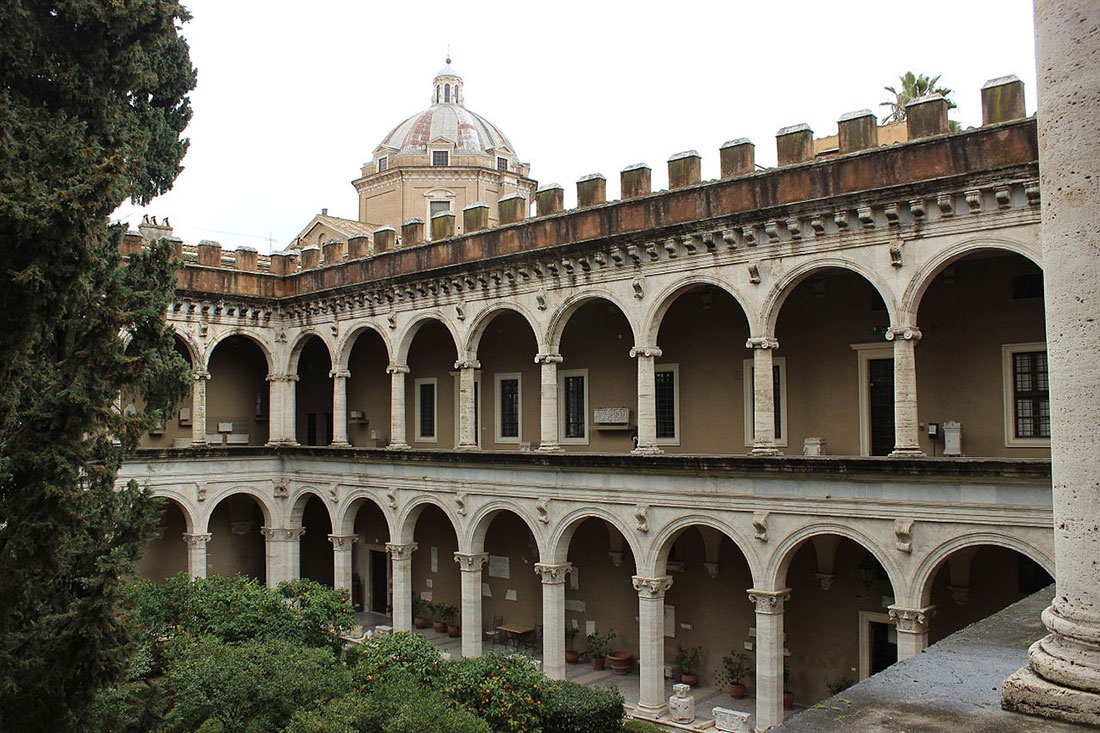

Palaces of Rome: Quirinal Palace
The Quirinal Palace is a true masterpiece of royal interior design. Pope Gregory XIII commissioned the construction of this summer residence to the best architects and artists in Italy: Domenico Fontana (facade), Carlo Maderno (chapel) and Guido Reni, who was responsible for the frescoes inside.

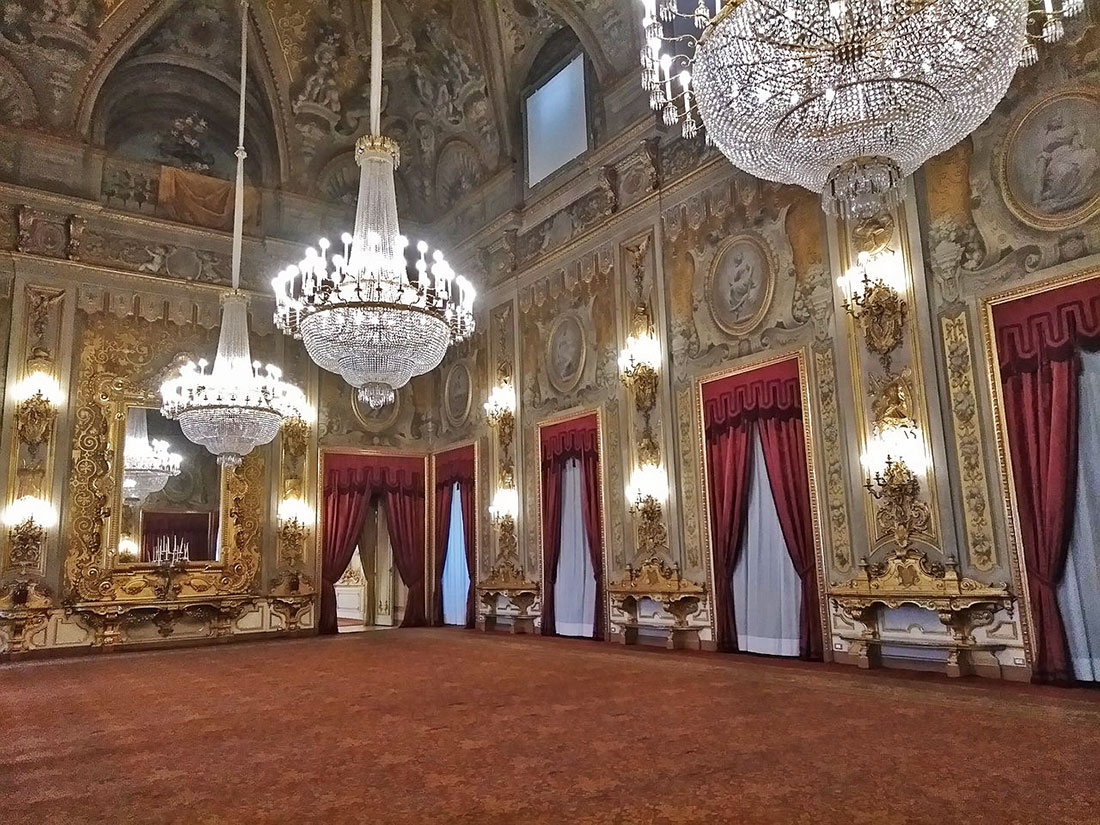
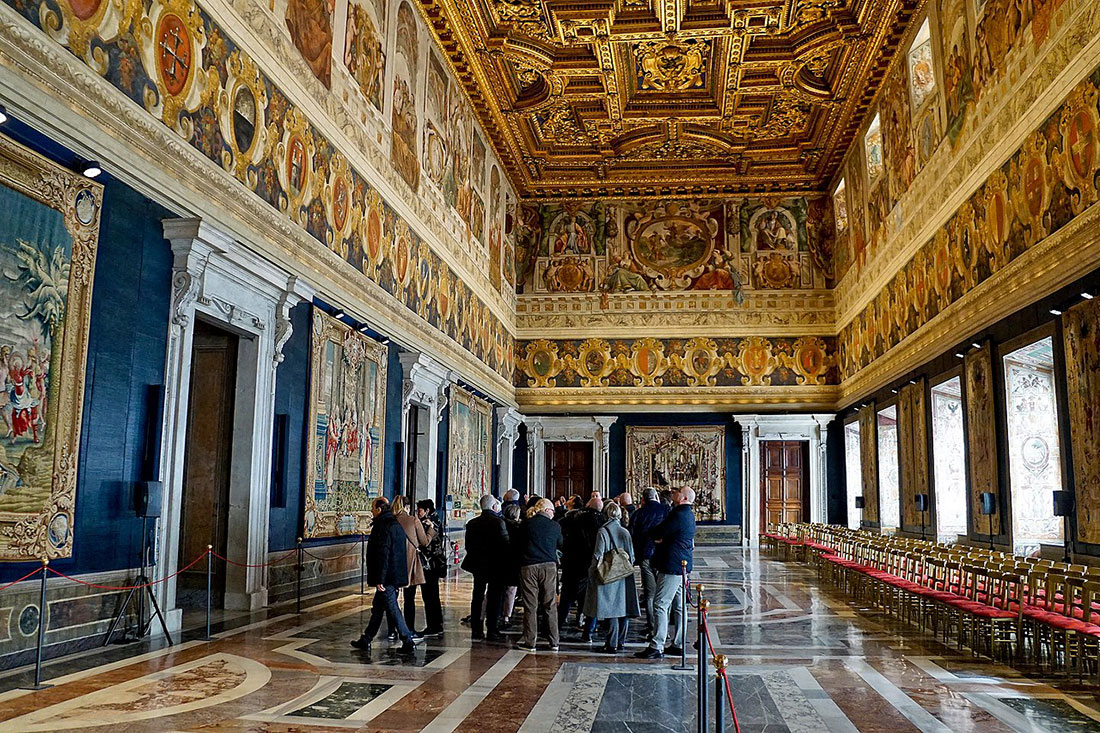
Palazzo Corsini
Not far from Villa Farnesina stands the magnificent Palazzo Corsini, built in the Renaissance on the picturesque slope of the Janiculum hill. During its history, the palace changed owners many times. Today it houses the National Gallery of Ancient Art, in the collection of which you can see works by Guercino, Guido Reni, Carracci, Van Dyck, Caravaggio and many other outstanding artists.
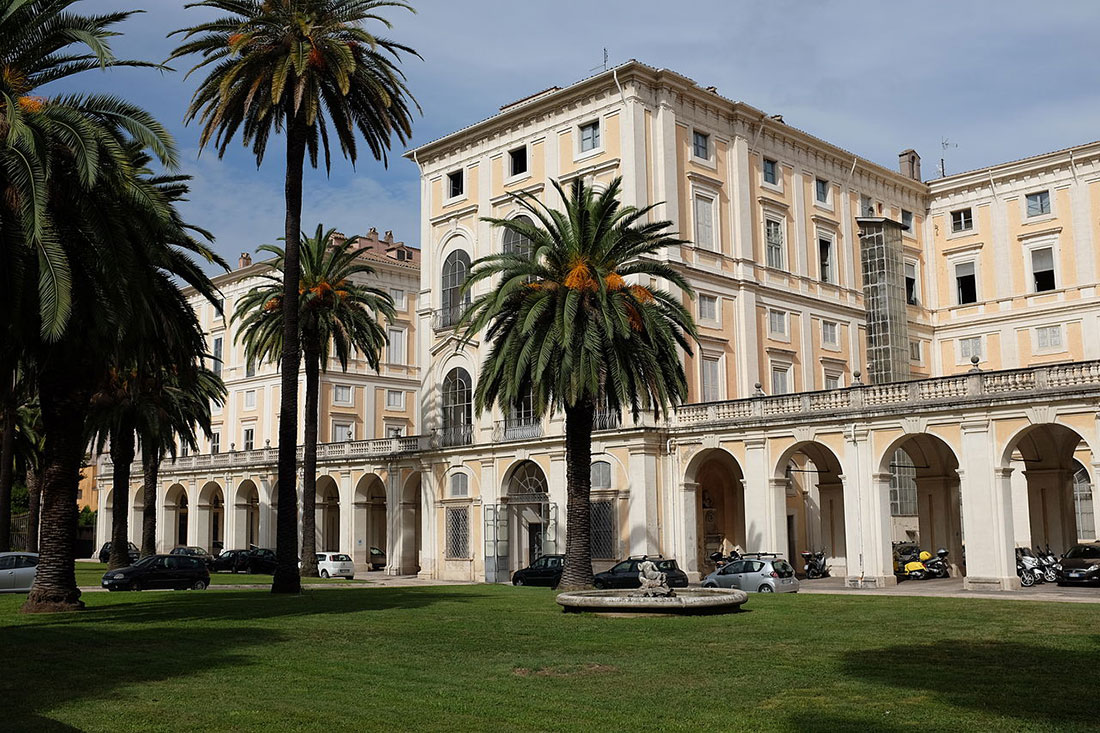
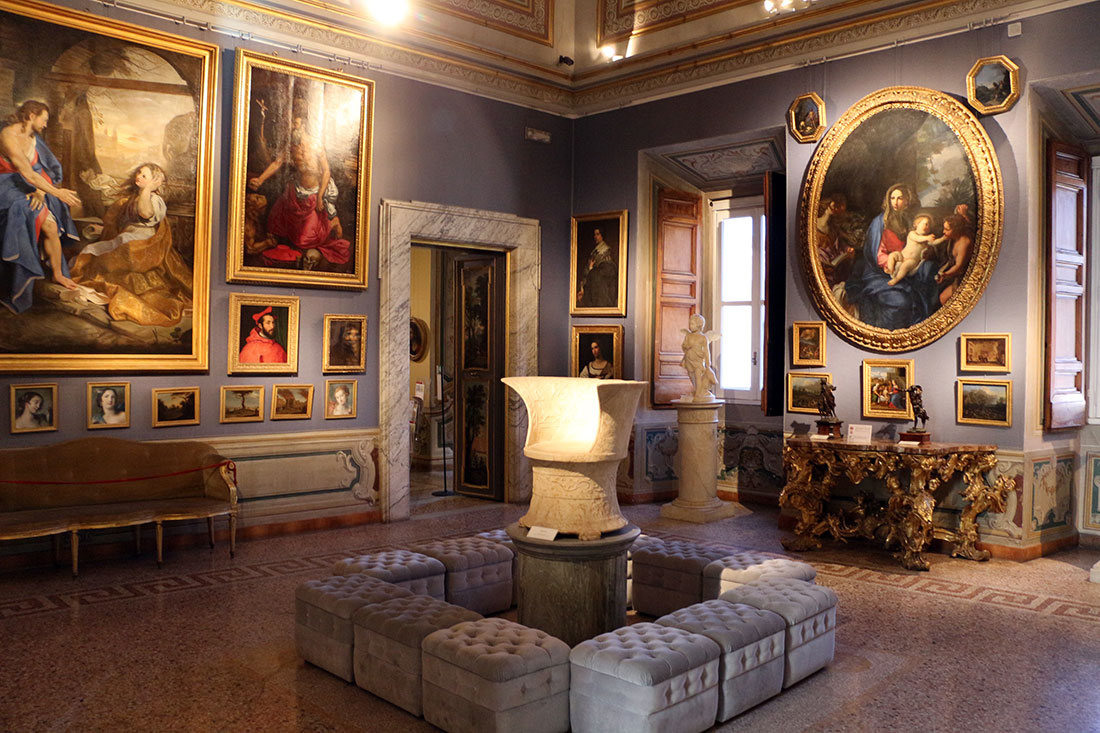

Palaces of Rome: Palazzo Chigi
Palazzo Chigi was built in the second half of the 16th century by order of the Aldobrandini family, who intended to use it as a residence. Construction work was started under the direction of Giacomo della Porta in 1562 and was completed in 1580 under the direction of Carlo Maderno. The palace underwent significant architectural changes after 1659, when the building became the property of the influential Chigi family and took on a new look, designed by Felice della Greca in collaboration with Giovanni Battista Contini. Today Palazzo Chigi is the official residence of the Prime Minister of Italy.

